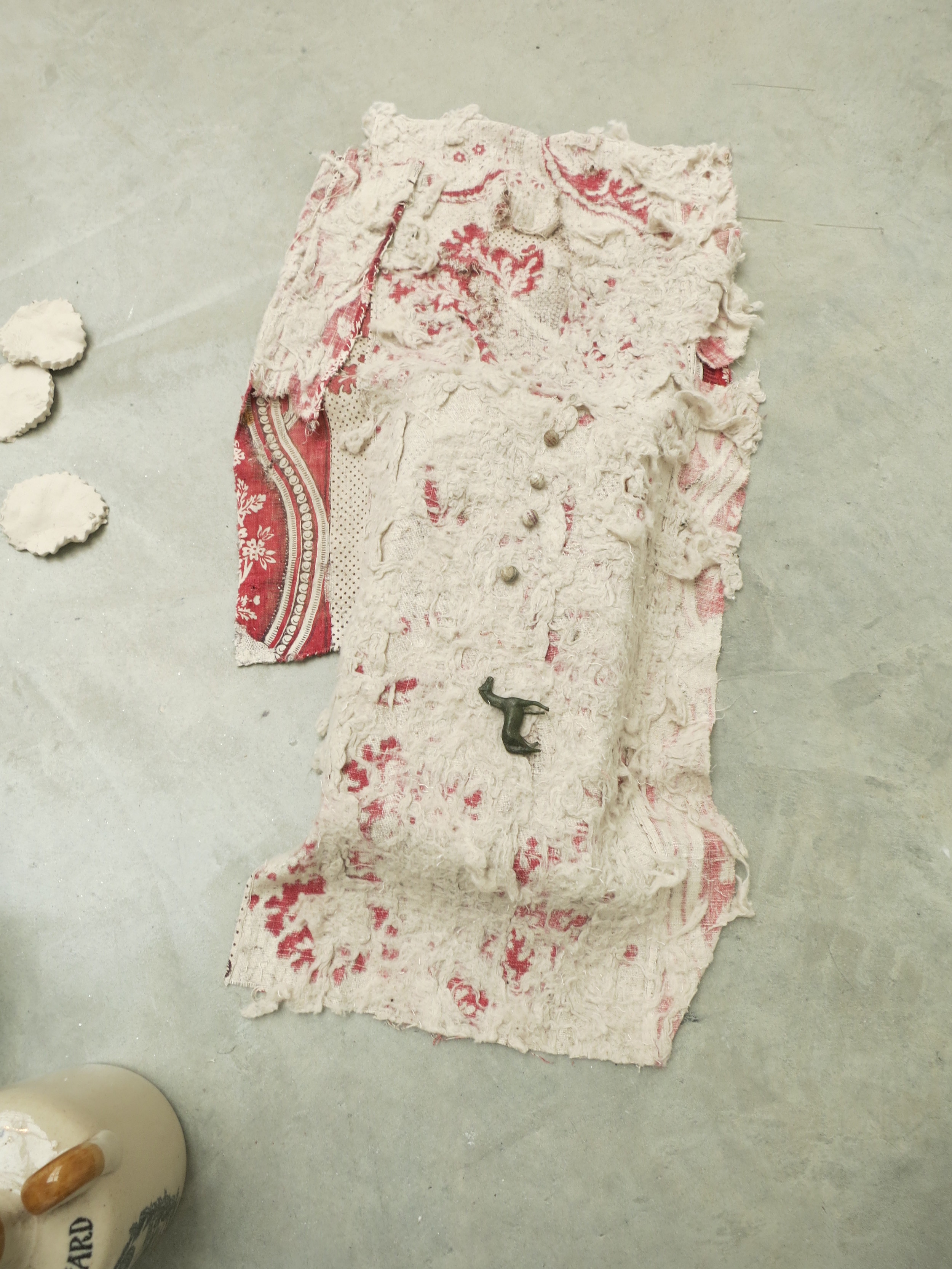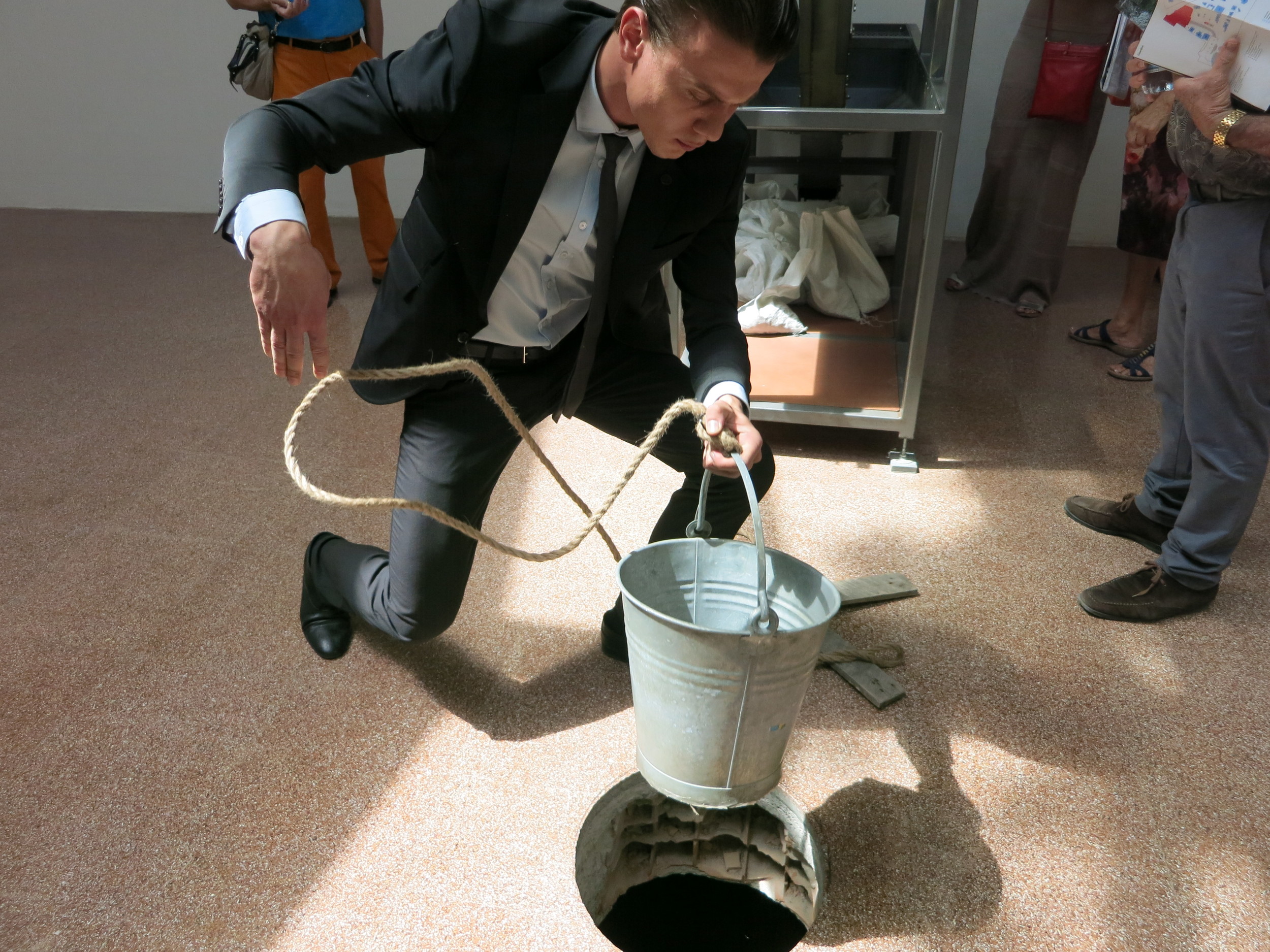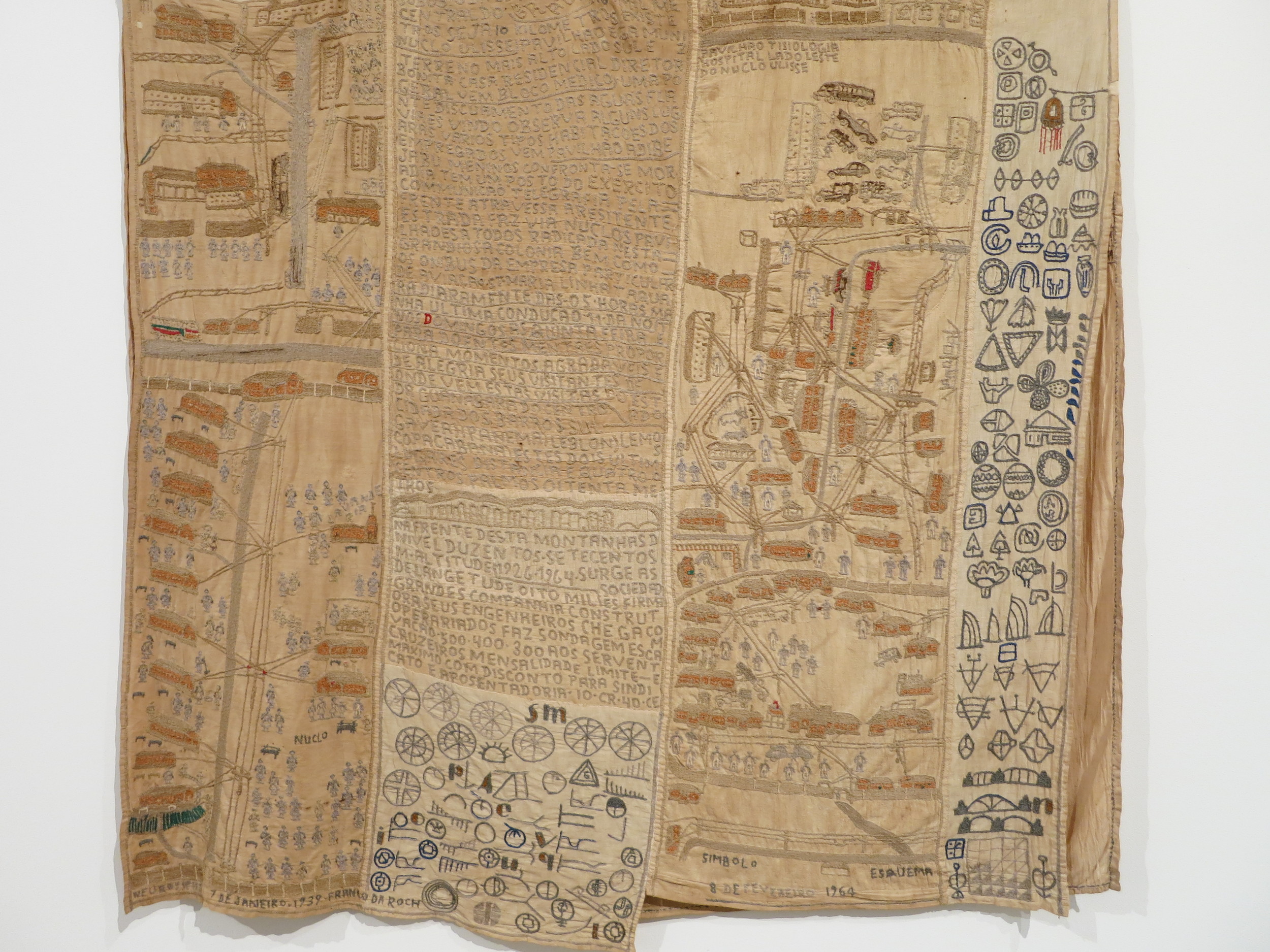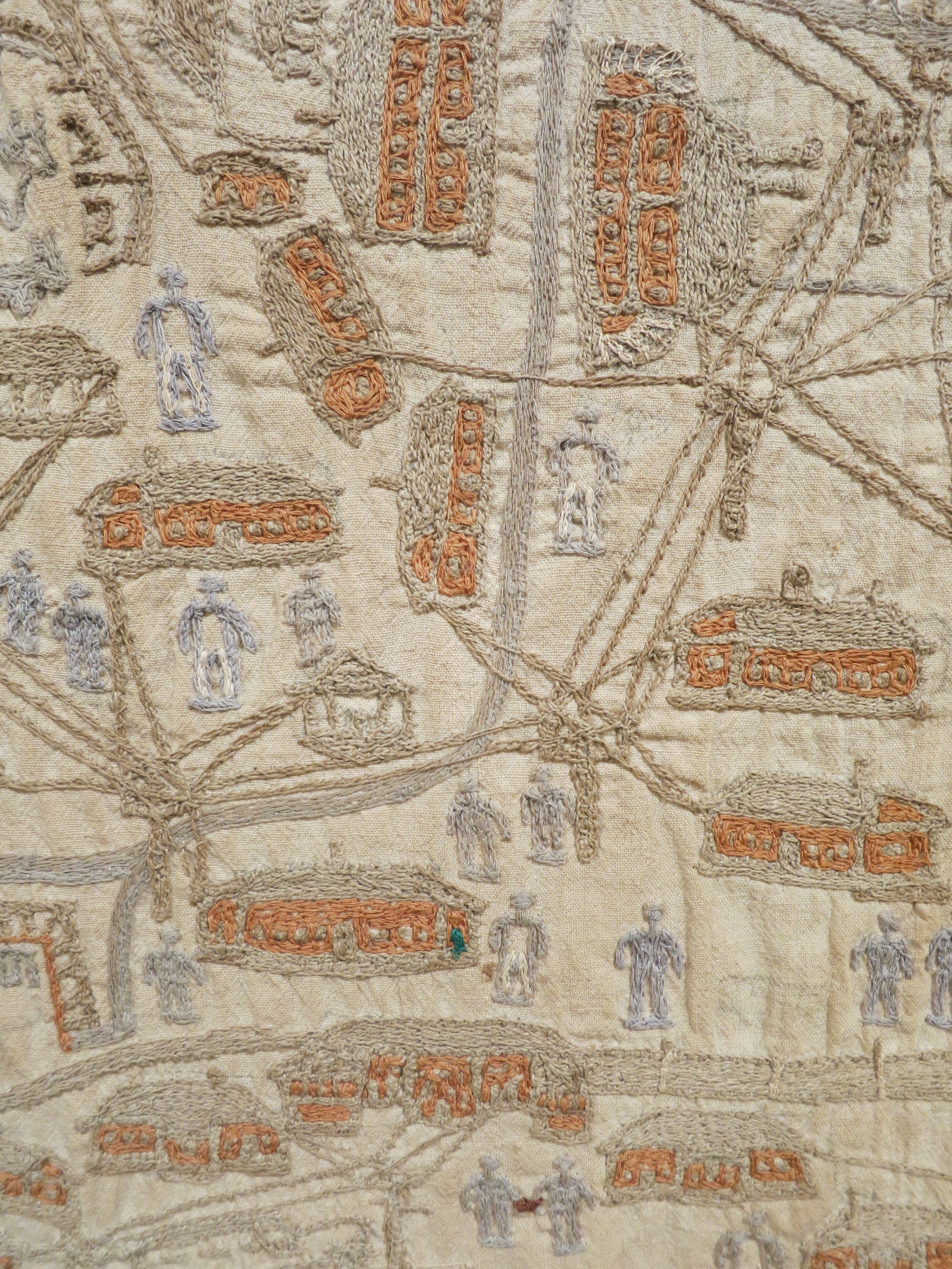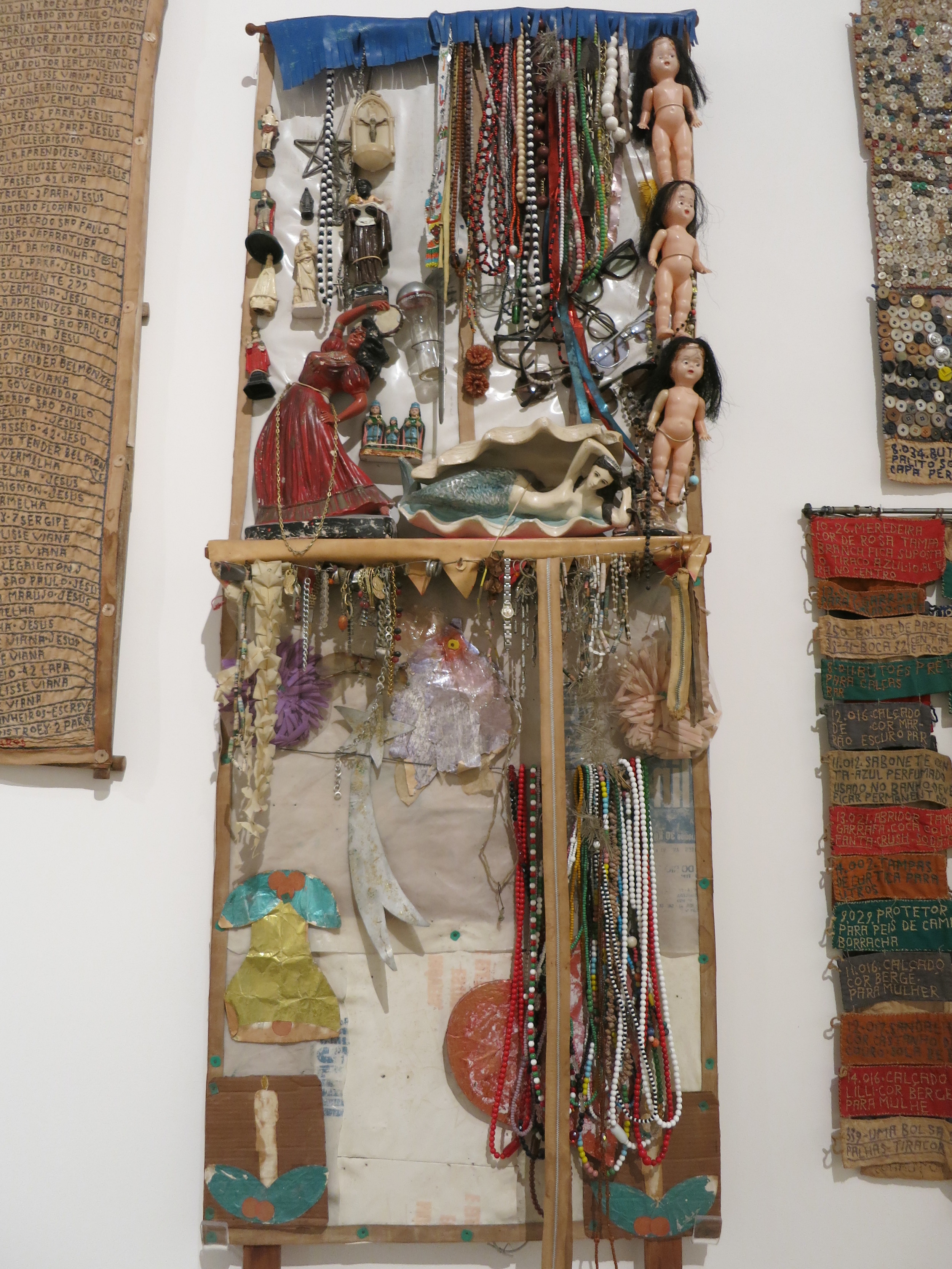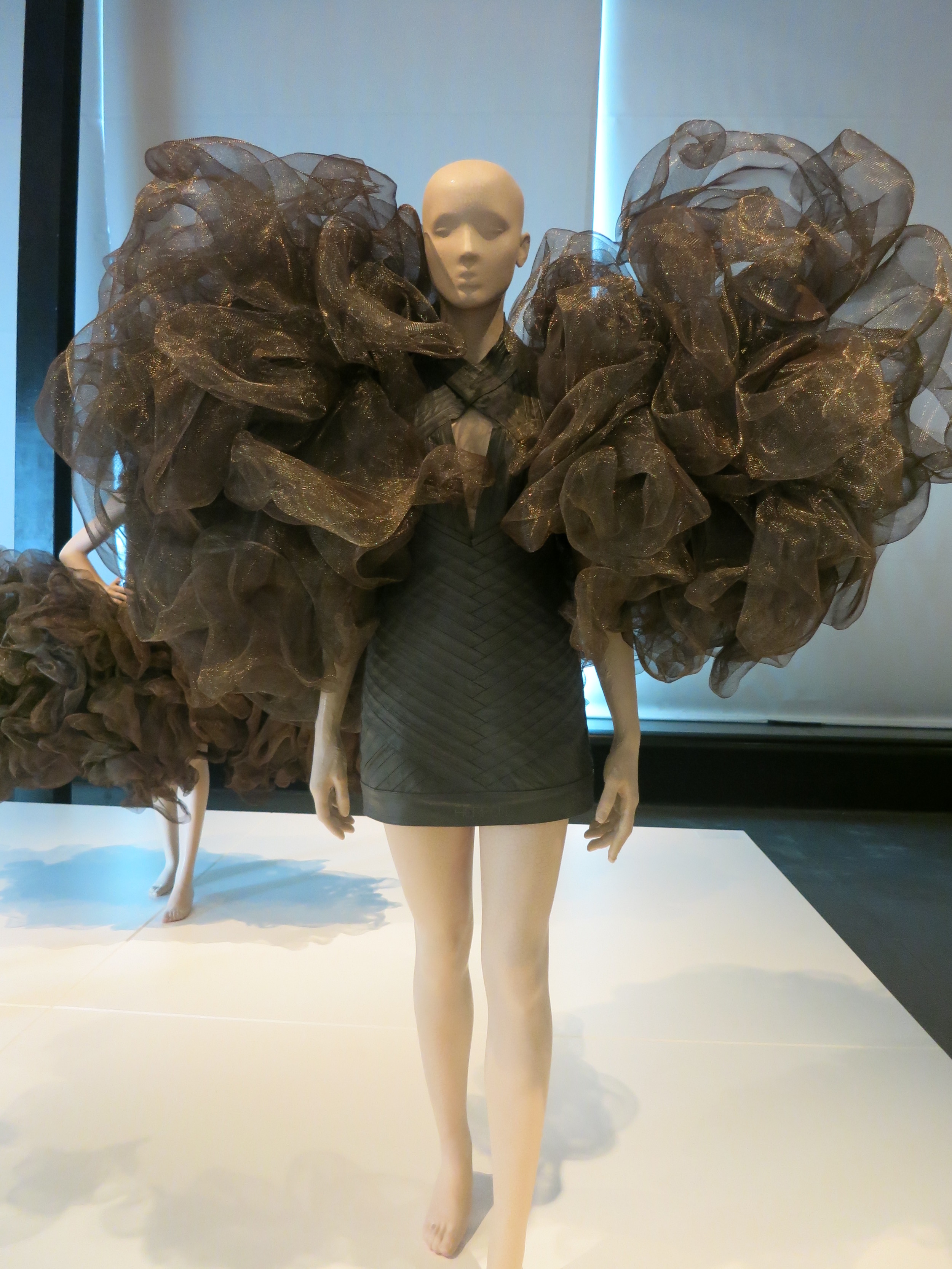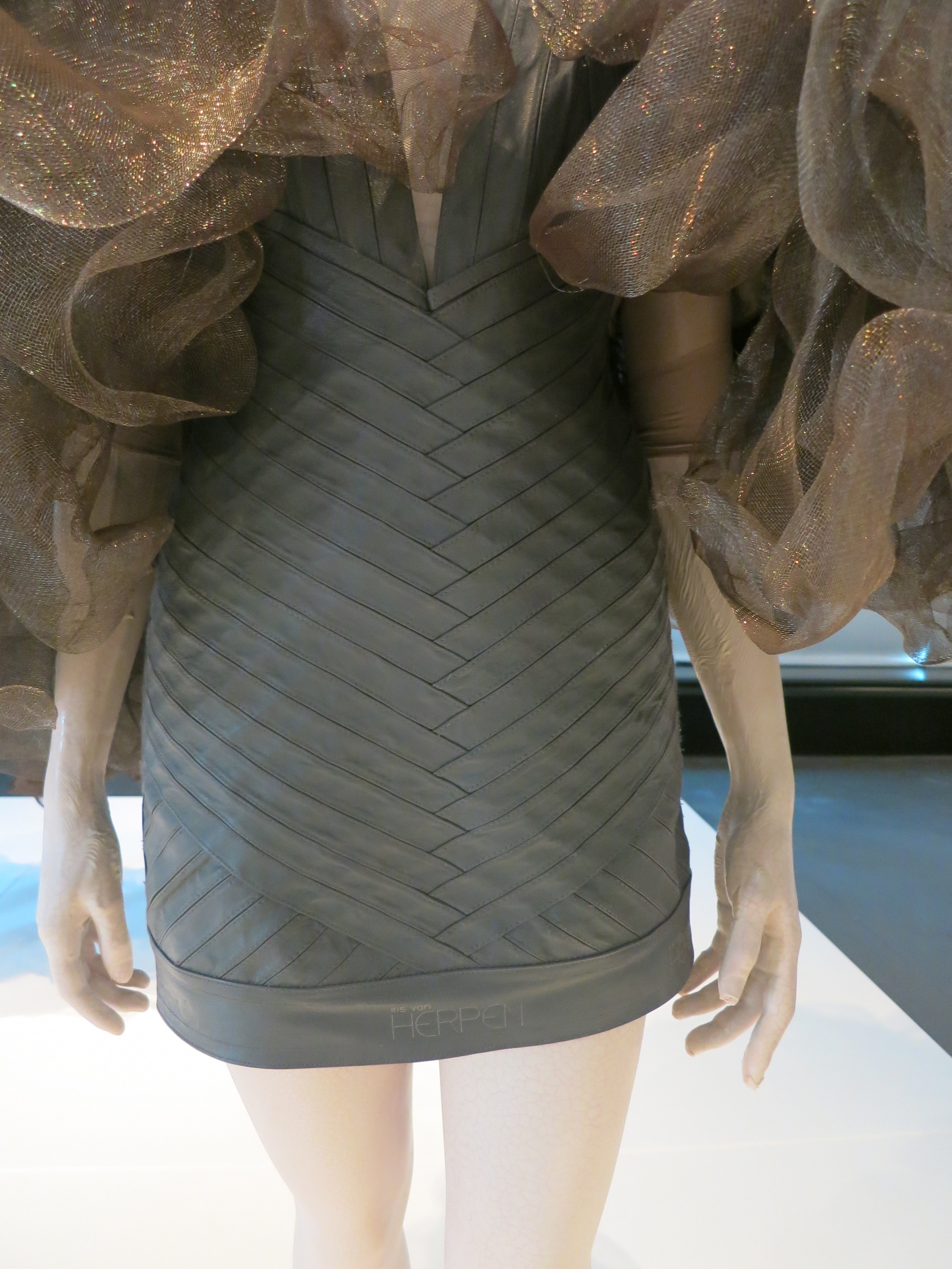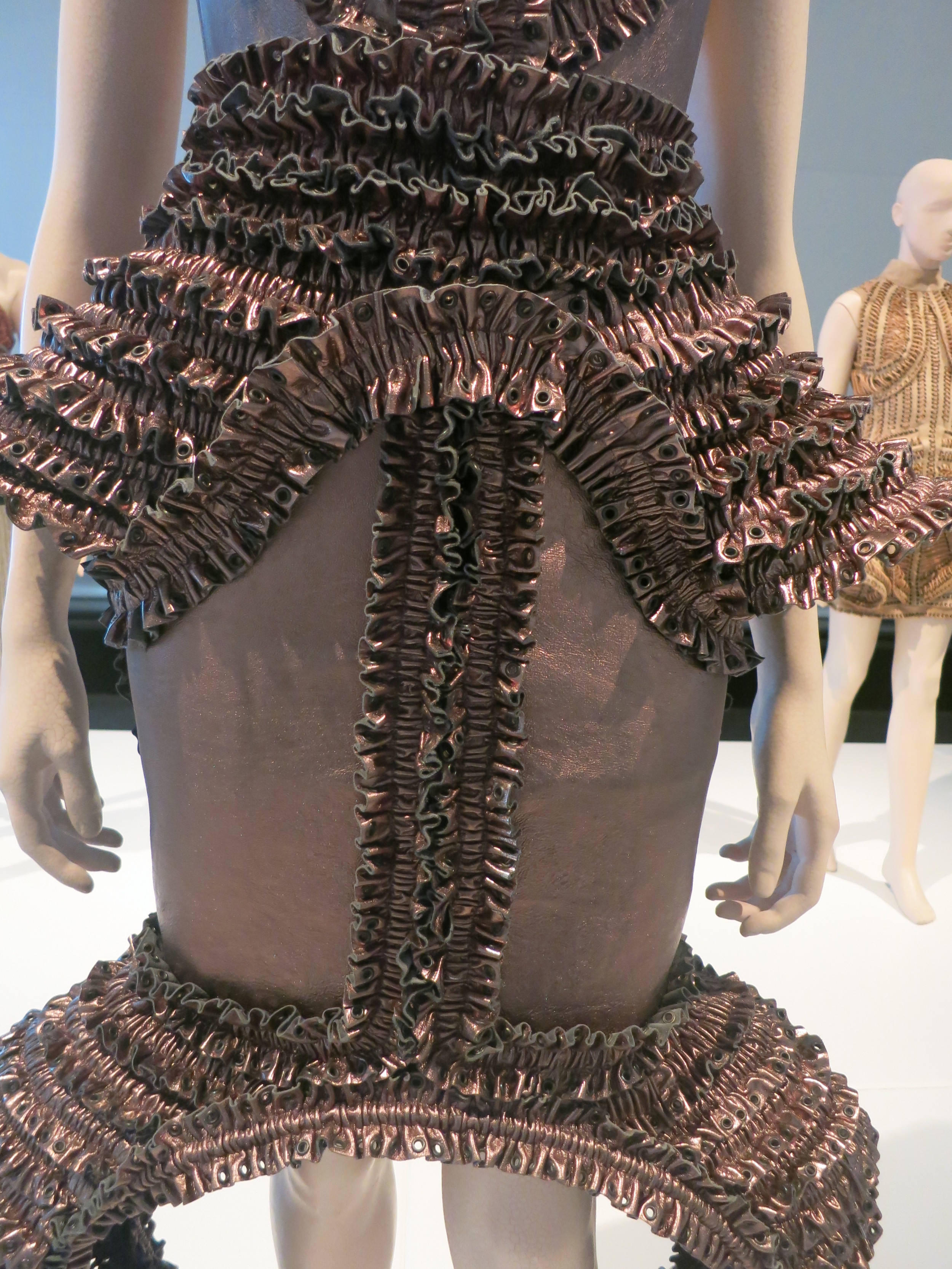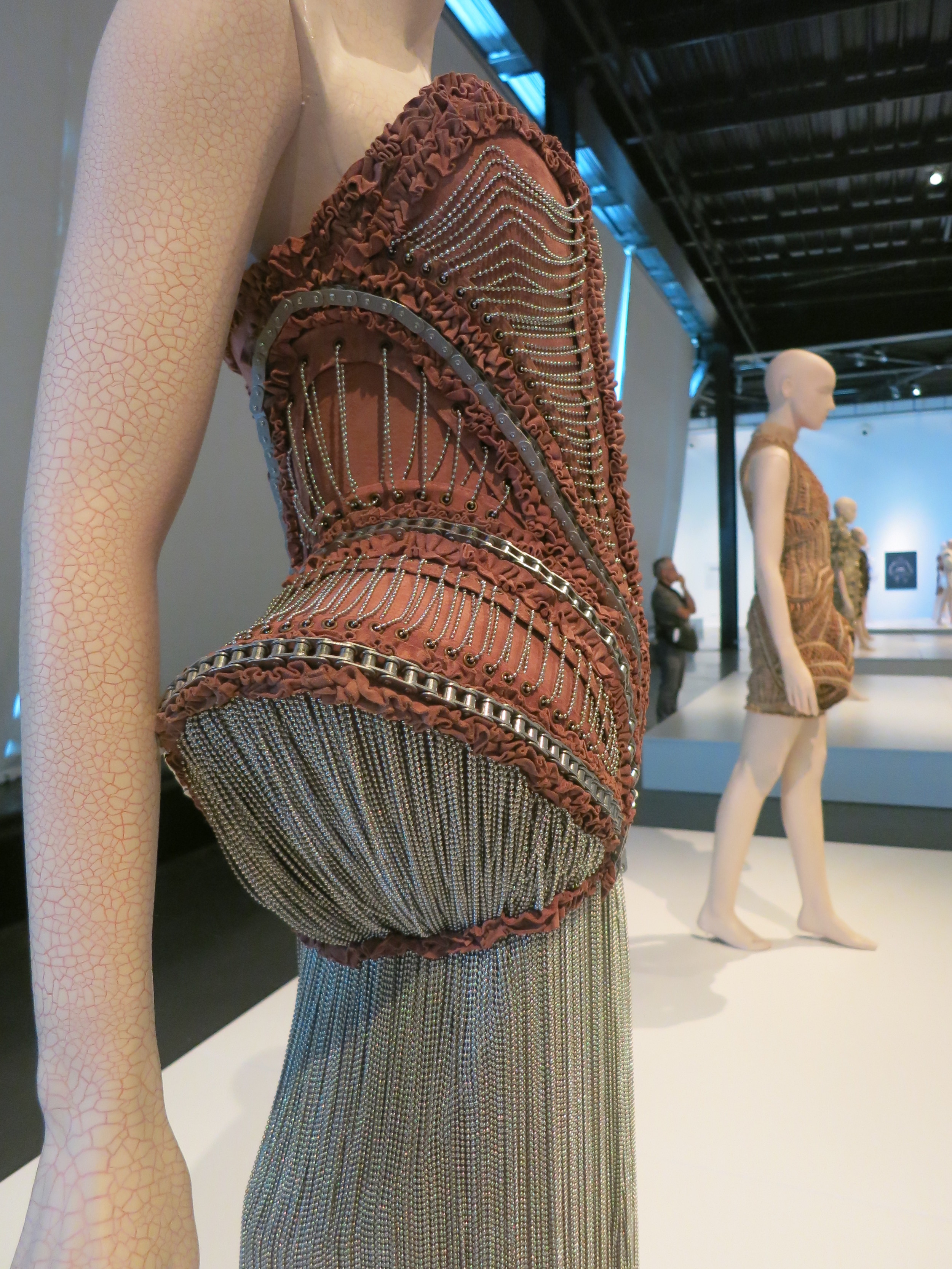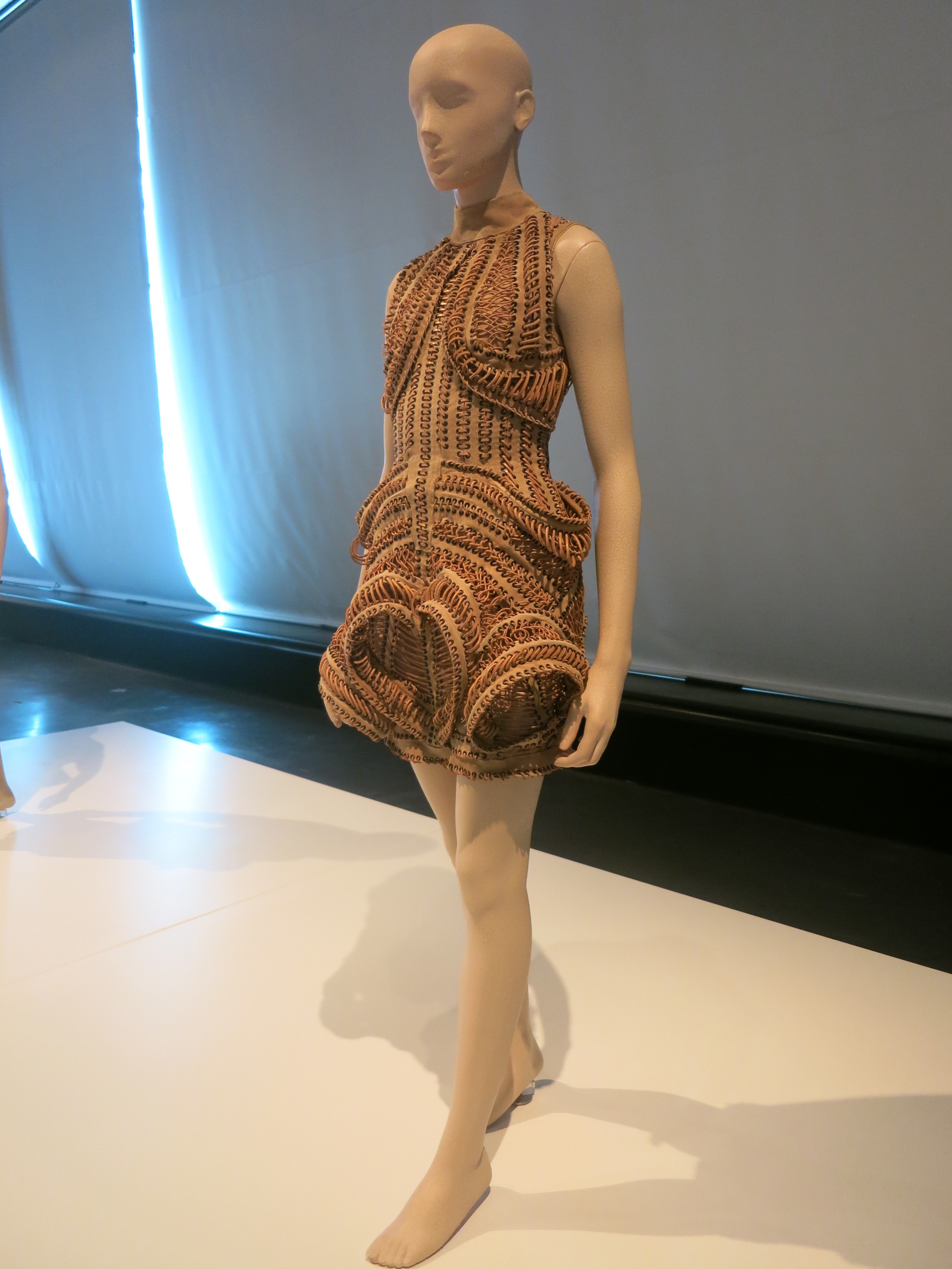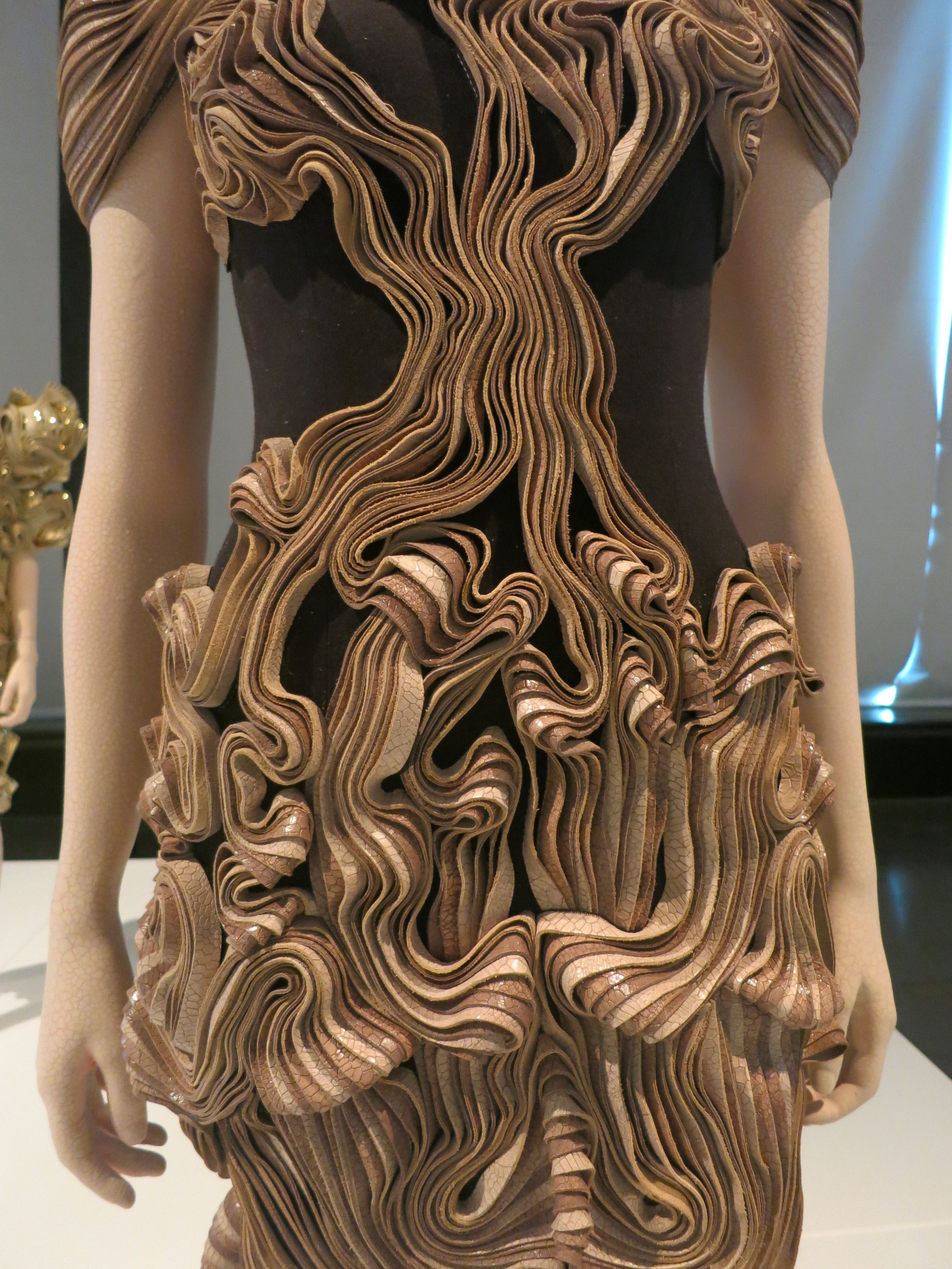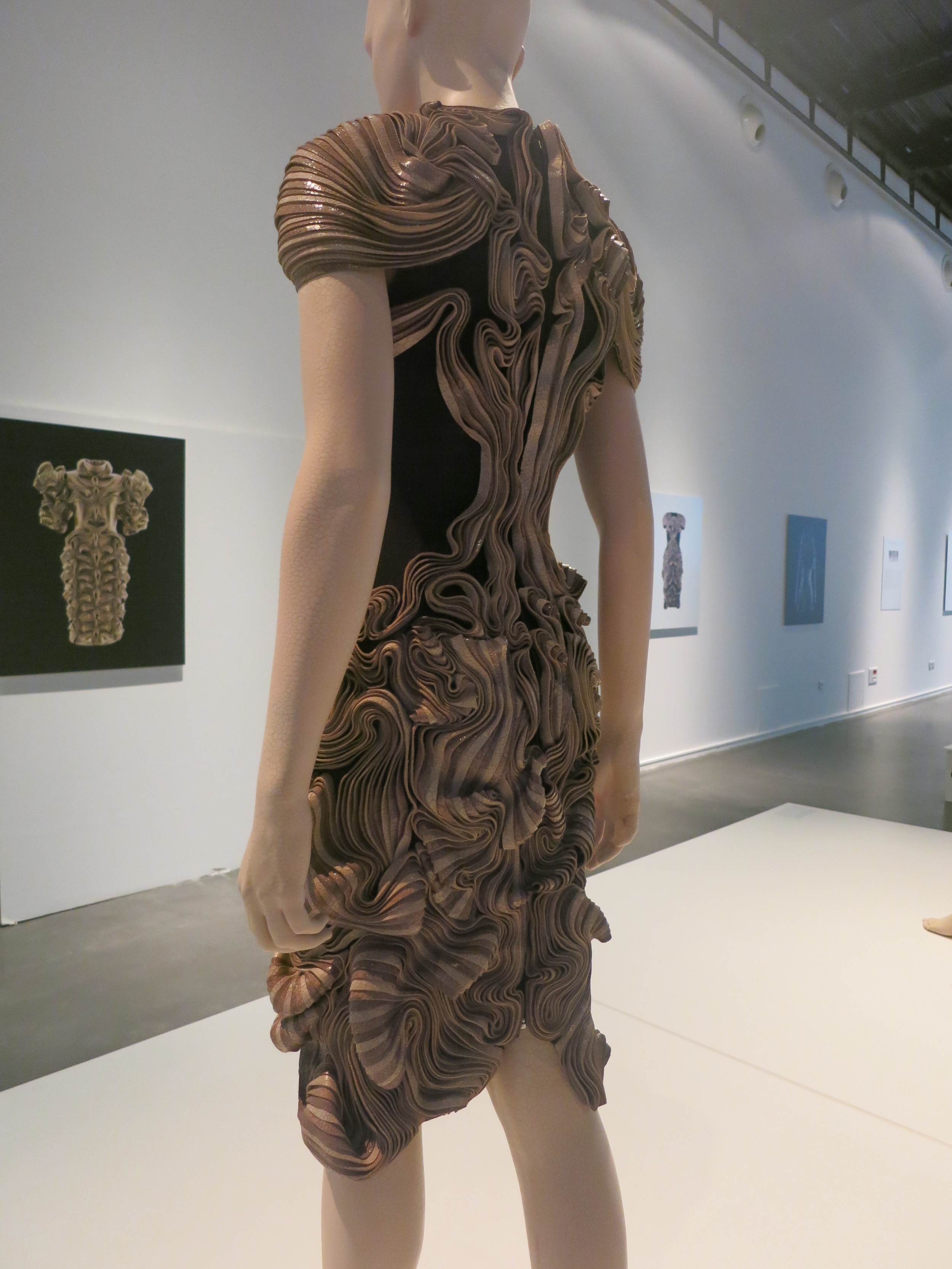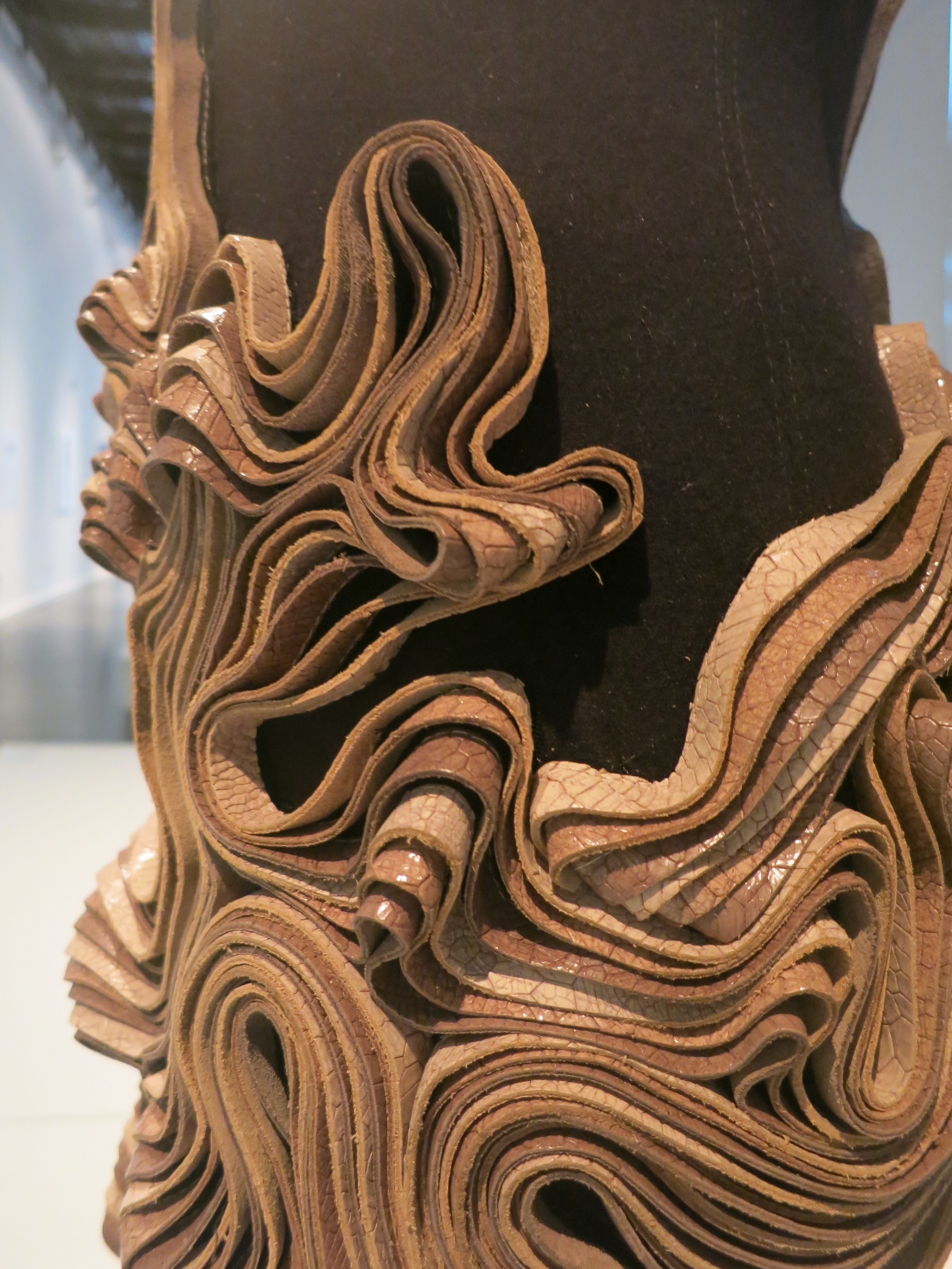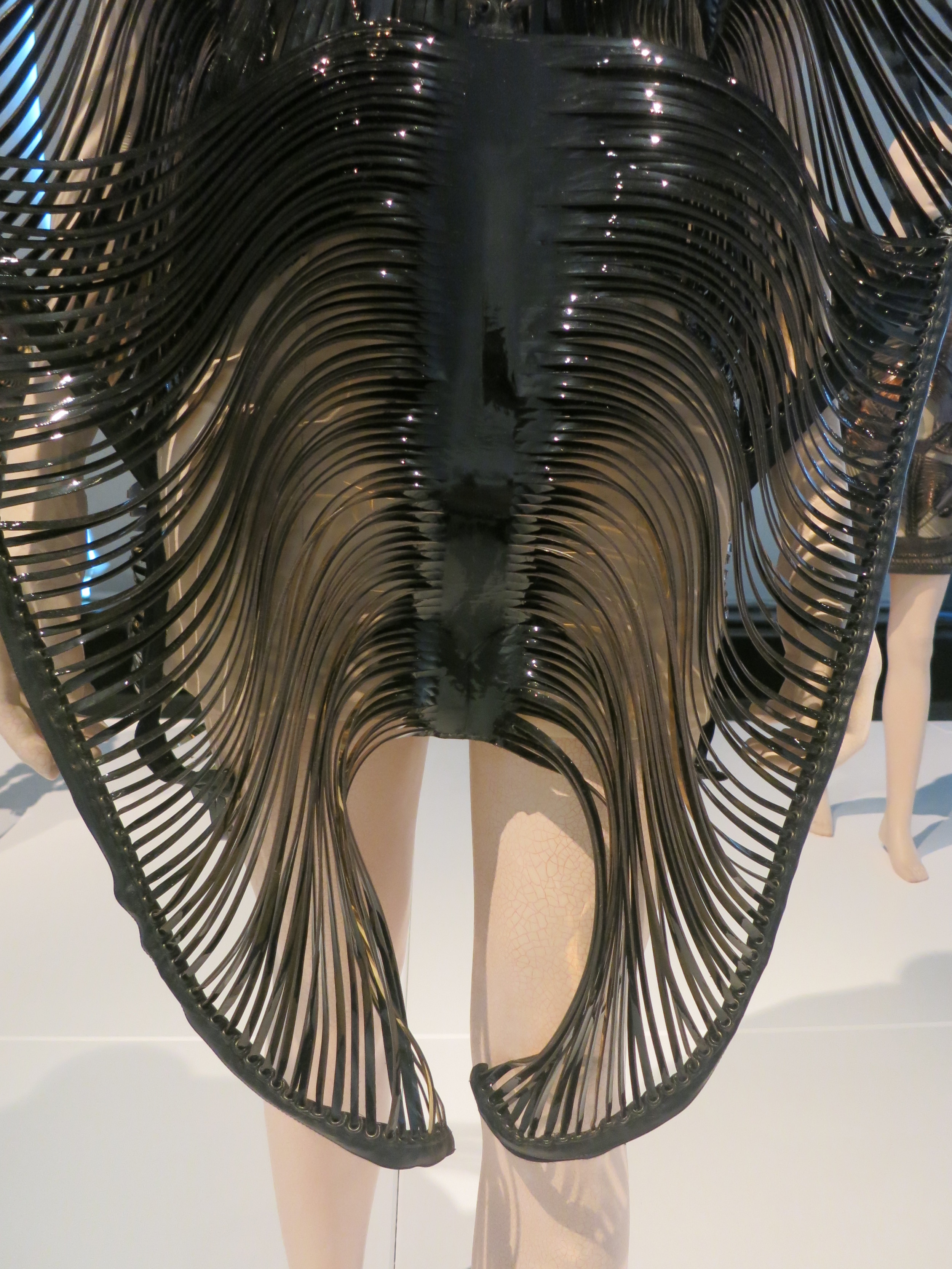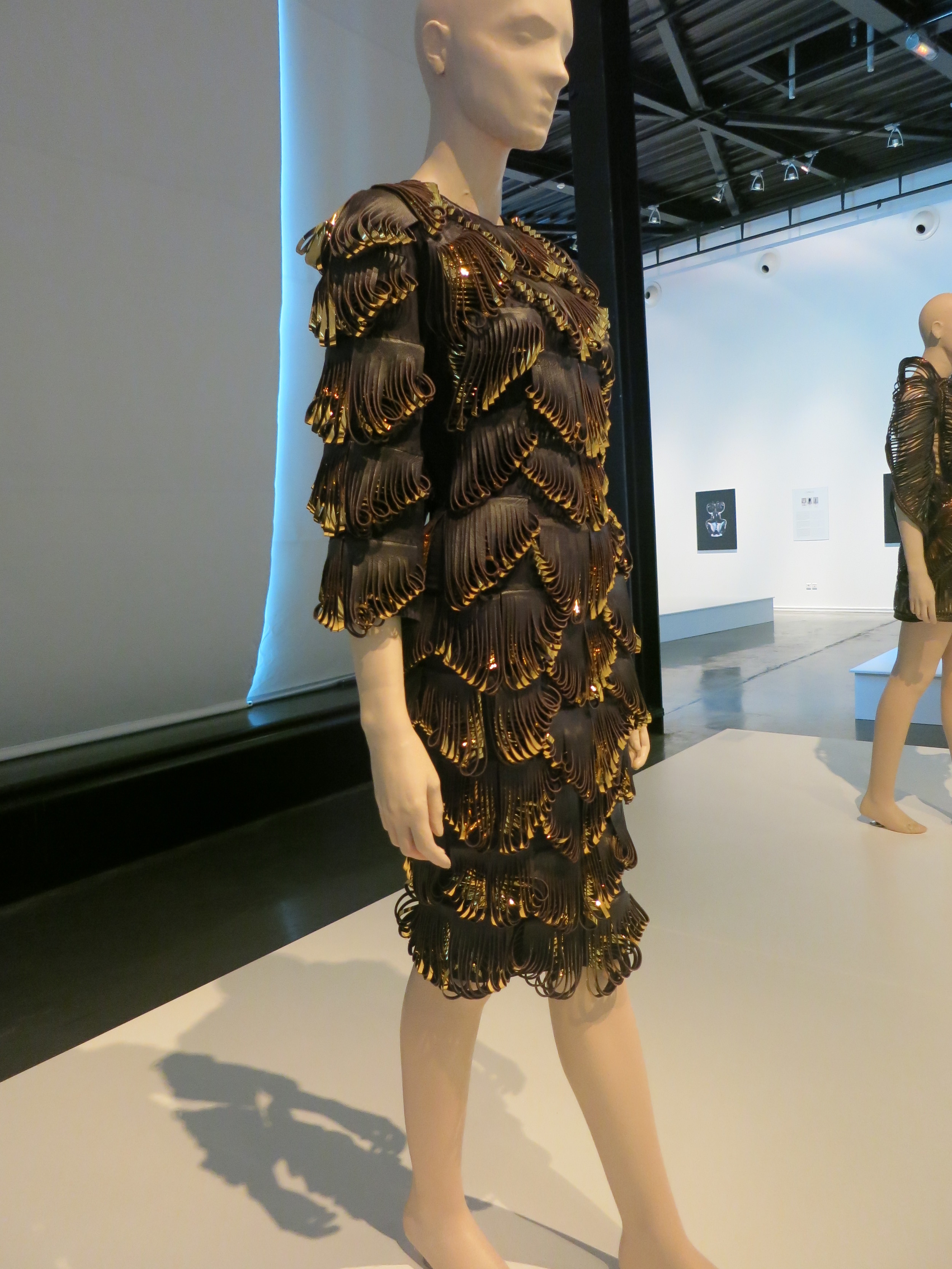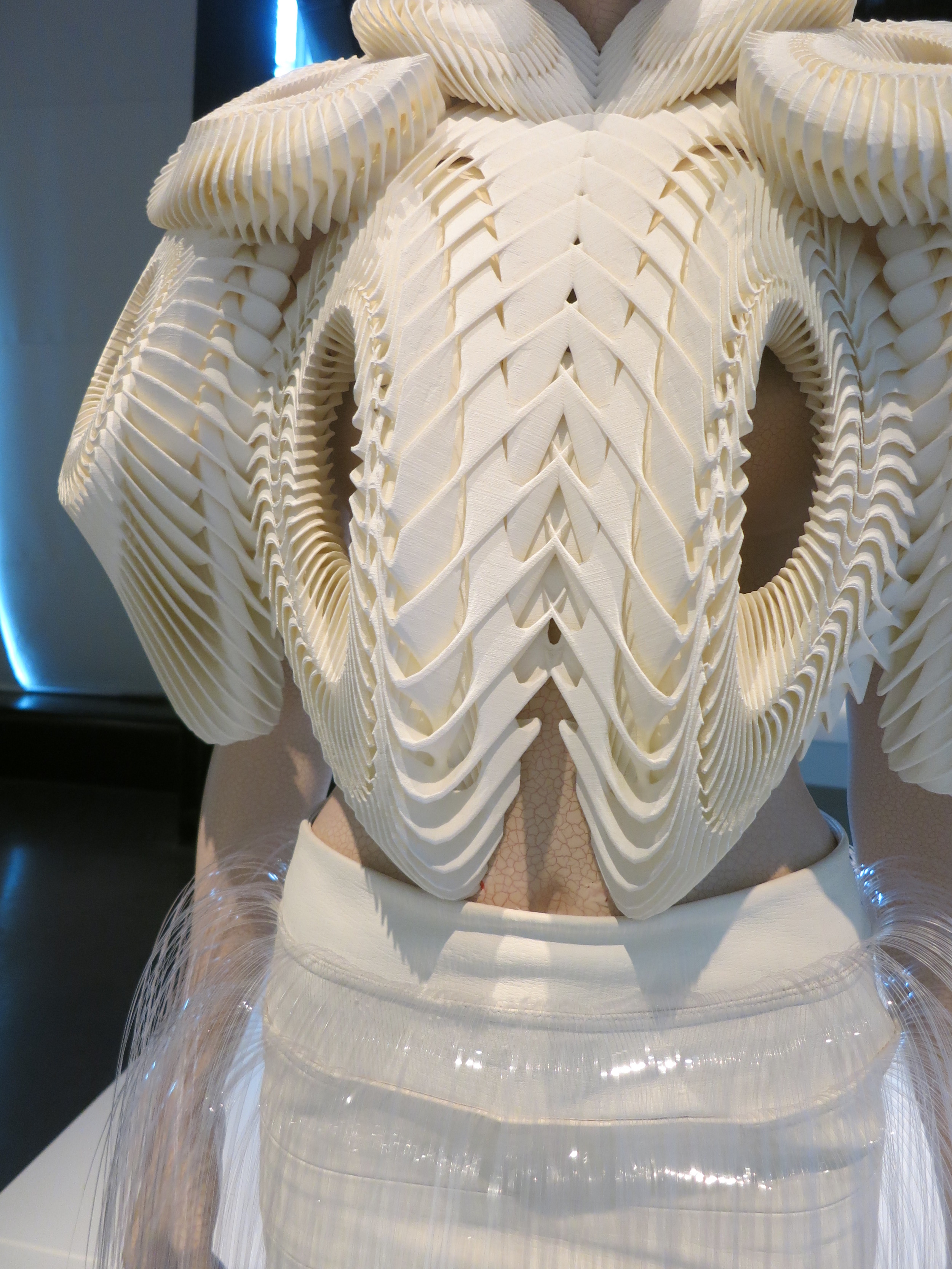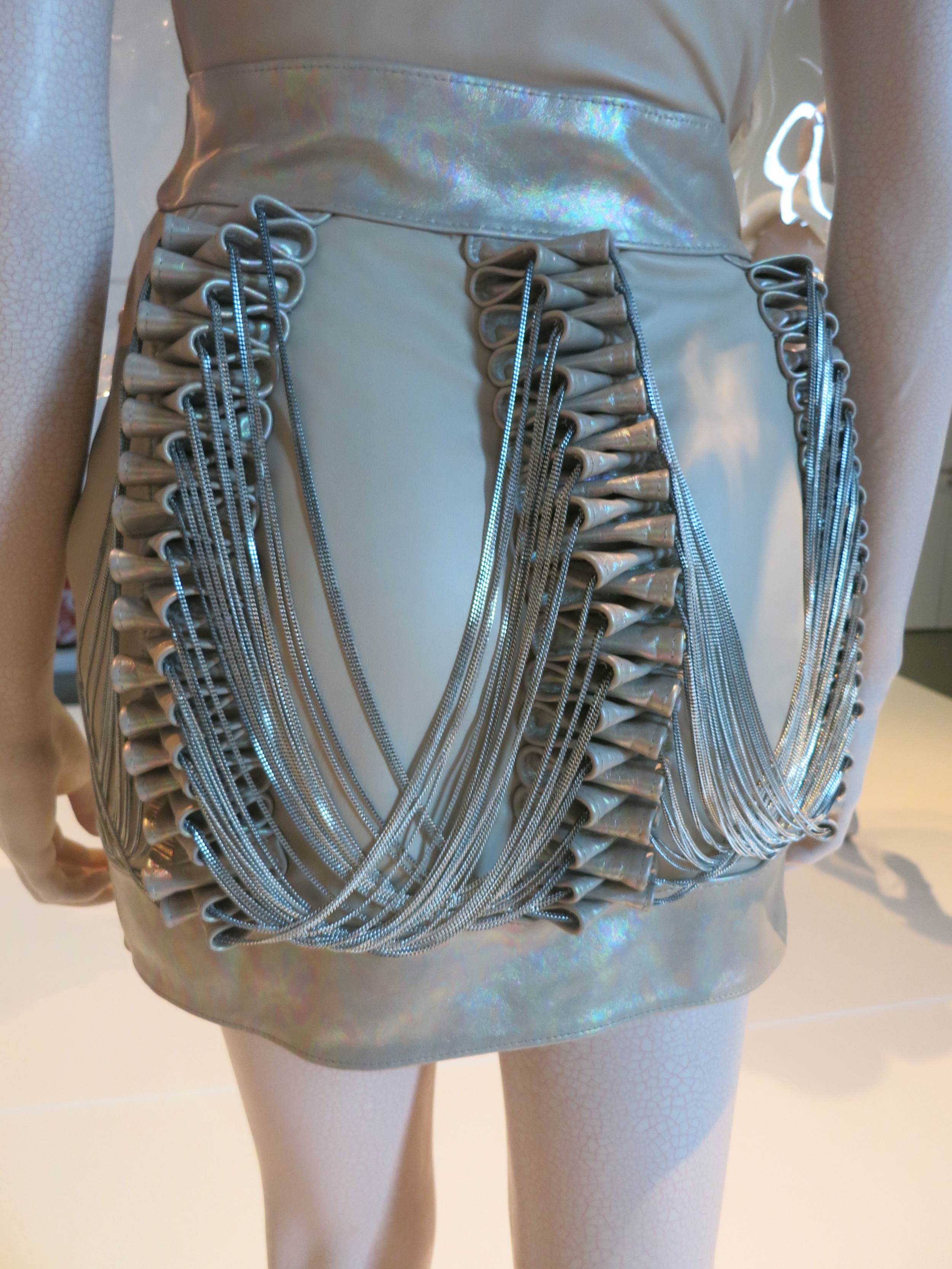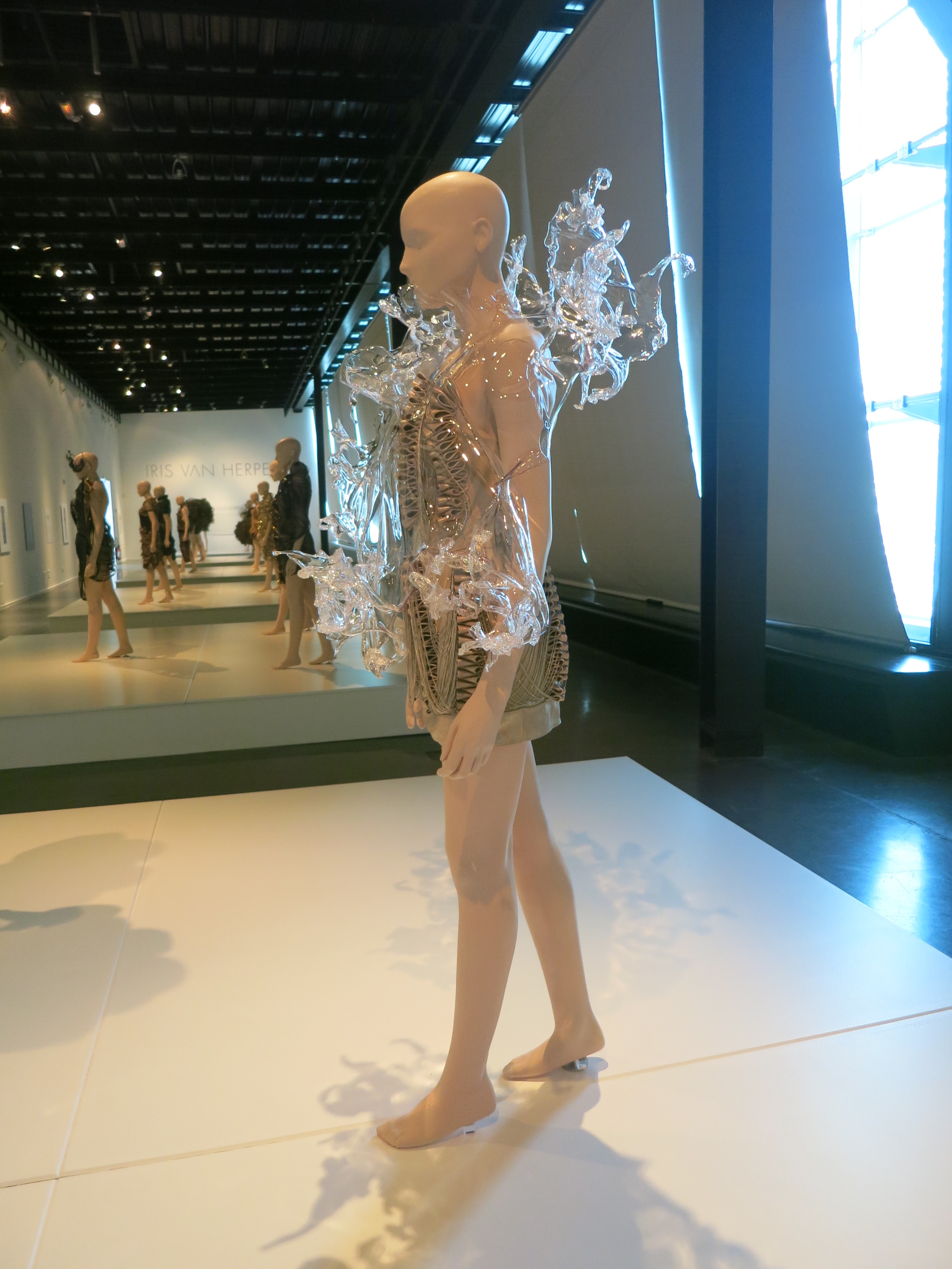During the week I went to the Museum of Contemporary Art, The Rocks, Sydney, to see two retrospectives for two Australian artists: Mattys Gerber and Aleks Danko, plus this year's Primavera. Gerber references historical and popular culture in his work, much like the Pop artists of the 60s. Danko is Australia's significant Conceptual Artist (where the idea has primacy over the object).
Mattys Gerber's 'Self portrait' 2002
Mattys Gerber's 'Schoon'#2 2005
Mattys Gerber's 'Sydney' 2003
MatthyS Gerber's 'Slomo' 2014
Matthys Gerber's 'Let it be me'
Aleks Danko's retrospective is titled ' My Fellow Aus-tra-aliens'. It spans 5 decades of work, from the late 1960s to recent installations. He constantly draws on his own history, especially his suburb, which to him is banal and anti-intellectual. The simple red house is a reoccurring motif as is the mask.
Aleks Danko's 'Songs of Australia'
Aleks Danko's 'Songs of Australia'
Aleks Danko's 'Songs of Australia'
Aleks Danko's
Aleks Danko's 'Songs of Australia'





